The Perfect Watermelon sorbet
Watermelons – refreshing, tasty and beloved but often quite a challenge for the ice cream maker. But that won’t stop us! Read on, and learn how to make a really nice sorbet! And … if you like, even the PERFECT watermelon sorbet! Read on!
The watermelon originates from Africa, from where it spread rapidly already in ancient times … to the Nile Valley, to India, and to China. The Moors – who also may have been responsible for the early transmission of the know-how necessary for the development of ice cream in Europe – brought the watermelons to the Iberian Peninsula, from where it spread throughout southern Europe and onwards. Widely planted in Europe by the 17th century, colonists and slaves from Africa then brought the watermelon to the New World.
The watermelon, true to its name, contains quite a LOT of water, and not much in terms of solids: two challenging aspects for the ice cream maker. Since its flavour is pleasant but also oh-so-mild and delicate, a sorbet should be the preferred frozen choice for preserving it the best. But how to deal with all that liquid? Do we have to resort to additional stabilisers? Not necessarily – but we WILL skip the traditional sugar syrup and base ourselves only on the melon itself and extra sugar!
Still concerned about the overall consistency? Fear not – those who seek the optimal watermelon sorbet should consider using our some of my favourite vegan-friendly sorbet-booster: aquafaba meringue!
How to do it
The pleasantly simple “fruit puree and sugar-only” method for making sorbets is attractive, but it can be quite expensive and/or laborious if you need a lot of fruit (and the option to “fill out” the sorbet with sugar syrup can be both tempting and appropriate). However, for the rather abundant and water-rich watermelon it works perfectly: All we need to do is to carve out the amount of melon meat we need, remove any seeds, add sugar and puree it all!
For those who would like to reduce the amount of sugar, I recommend replacing some of the white caster sugar with birch sugar. Birch sugar, also known as xylitol, is not really a sugar but it is the most “sugar-like” sugar substitute I know, and it works perfectly – even better than “ordinary white sugar” – in ice creams!
Those who do not plan to add any aquafaba or birch sugar could also consider adding 1-2 tablespoons of inverted sugar (like corn- or glucose syrup) in order to boost the general consistency of the sorbet.
To add a nice tinge of acidity to counter-act a too sweet tasting experience, we’ll also add a little citrus juice (I used lime juice, but lemon juice works equally well).
Once the sweetened melon puree is ready, you can – for the best results – let it chill an hour or two in the refrigerator before you churn the sorbet in your ice cream machine. And that’s it! Enjoy!
Go the extra mile, add some aquafaba and create the PERFECT watermelon sorbet!
Watermelons do not rank high in terms of solids. While the sorbet made as per above is nice and should work well, particularly for immediate consumption, the perfect sorbet will require a little extra stabilisation to gain that optimal consistency and texture. Italian meringue is a classic sorbet-improver that also could be used, but I decided to use the (easier and equally effective) vegan alternative Aquafaba.
You can read all about how to make aquafaba here: It really is super-easy – anyone who can open a can of chickpeas should typically be able to make it in a few minutes!
When working with aquafaba, you will only need about 150-200 ml (less than a cup) of it for your batch (if you add too much, you will end up creating watermelon spoom …). Just like with Italian meringue, you can however save any remaining surplus aquafaba in the freezer, in wait for the next time you decide to make sorbet.
Since the aquafaba will require a little sugar, I would suggest that you reduce the overall amount of sugar meant for the sorbet/fruit puree accordingly. But really – the amount of sugar in the relatively small amount of aquafaba you will add is not going to add that much, so we’re not talking about any major adjustments here anyway 😉 .
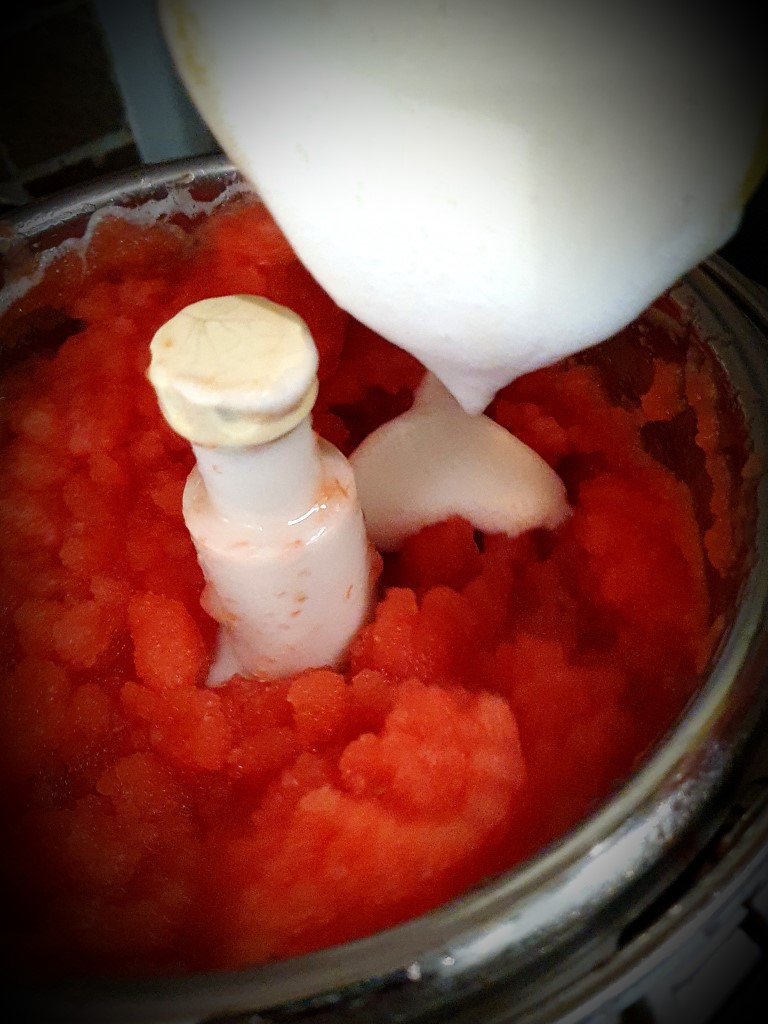
Just add the aquafaba during the later stage of the churning – it will disperse and unite with the rest of the sorbet!
For the best results, add the aquafaba to the sorbet during the churning when it has begun to firm up. Then you only have to wait for the churning to finish, and you’re done!
The Perfect Watermelon sorbet
The watermelon sorbet is nice already without, but with a little added aquafaba, it really SHINES! Thanks to the sorbet’s “melon-intense” content, the sweet flavour of the melon comes across in a rich and pronounced, yet totally “fresh and natural” way. The overall consistency and the texture are pleasant and reassuring: while some water-rich sorbets sometimes can come across as a bit “too icy” once frozen, the aquafaba averts this problem. In short – this is a perfect and refreshing summer sorbet that should please (in particular) all watermelon lovers. The fact that it is so very easy to make is just another reason why you really should give it a try.
I was extremely happy with the result myself, and could not be happier when a friend of mine tested it the other day. She took a few bites, then solemnly declared it to be the best sorbet she had ever had!
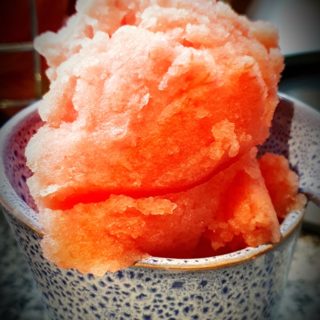
Watermelon sorbet
Ingredients
- Watermelon with fruit meat enough to give you about 1 litre (4 1/4 cups) of watermelon purée
- 250 ml (1 cup) sugar (or 125 ml (1/2 cup) xylitol and 100 ml (2/5 cup) caster sugar)
- (optional but recommended particularly if not using any aquafaba: 1-2 tablespoons of inverted sugar á la corn- or glucose syrup
- Juice of about 1/2 lime optional: for some added tinge, add also the zest!
- optional, but strongly recommended for the PERFECT sorbet: about 150-200 ml (3/5 - 4/5 cup) of Aquafaba [see below for a link on how to make this: it is REALLY easy and only takes a few minutes
Instructions
- Scope out the melon fruit meat, place it in a bowl and remove any seeds (if need be, use a sieve).
- Turn the fruit meat into puree using a household blender or similar, and adding the citrus juice and the sugar (and xylitol, if using) along the way.
- Possibly chill the sorbet base a couple of hours or so in the refrigerator before churning it in your ice cream machine.
- [if using aquafaba: Towards the end of the churning when the sorbet has begun to firm up a bit, add the aquafaba and let it blend into the sorbet.
- Enjoy!
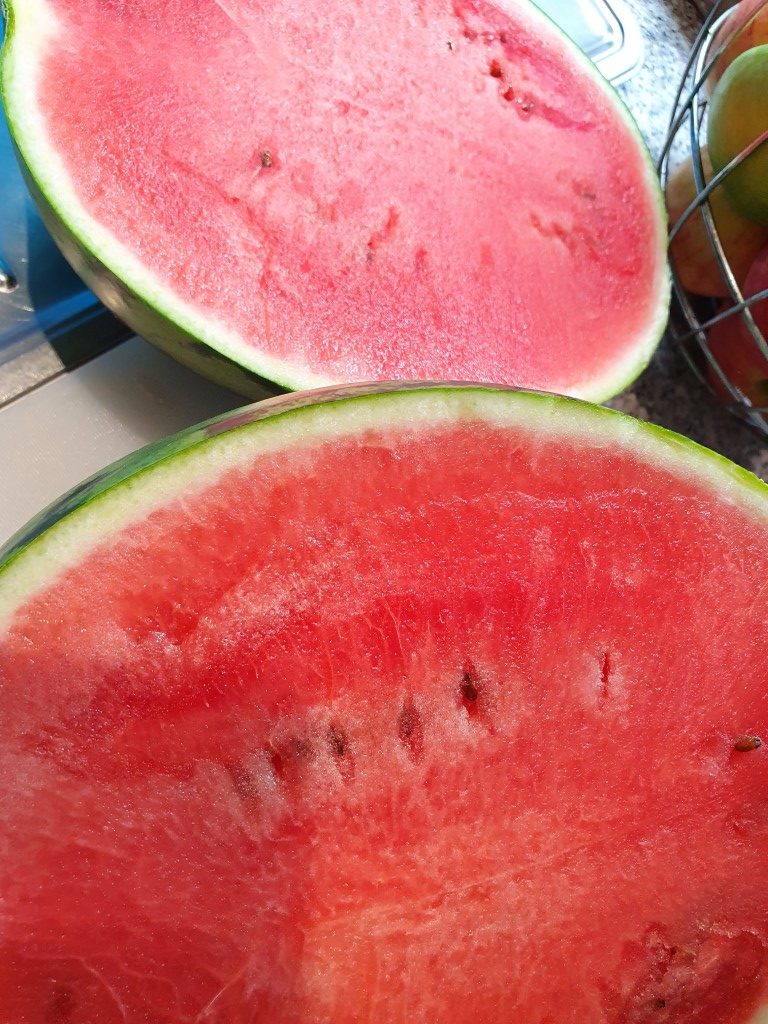
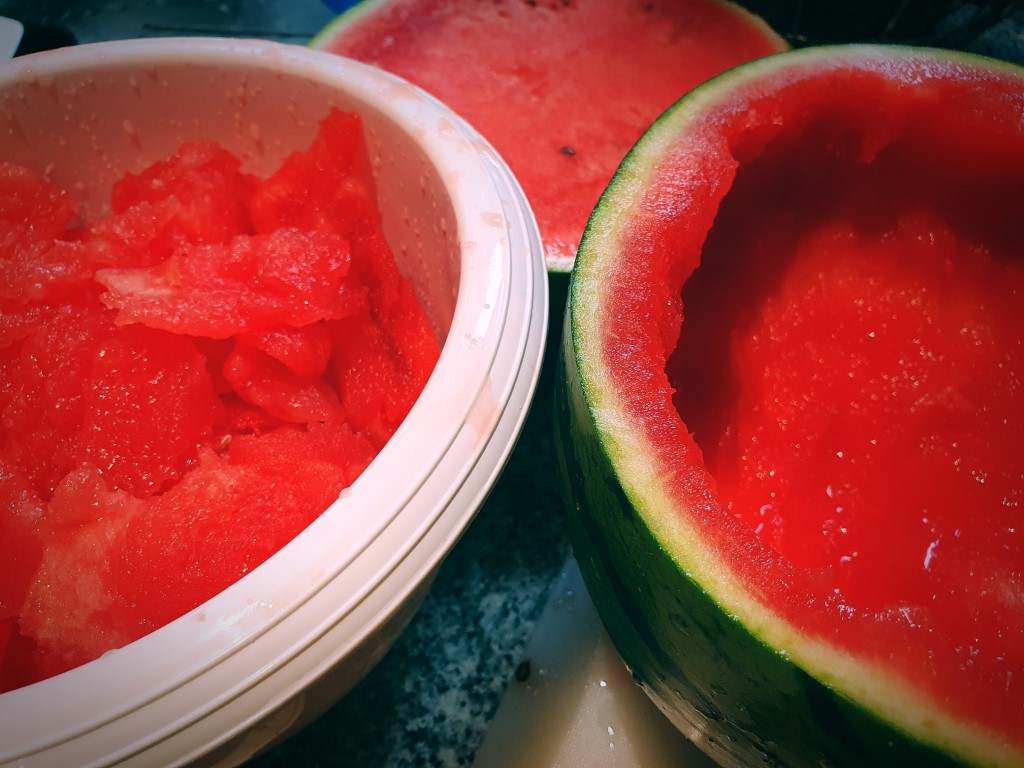
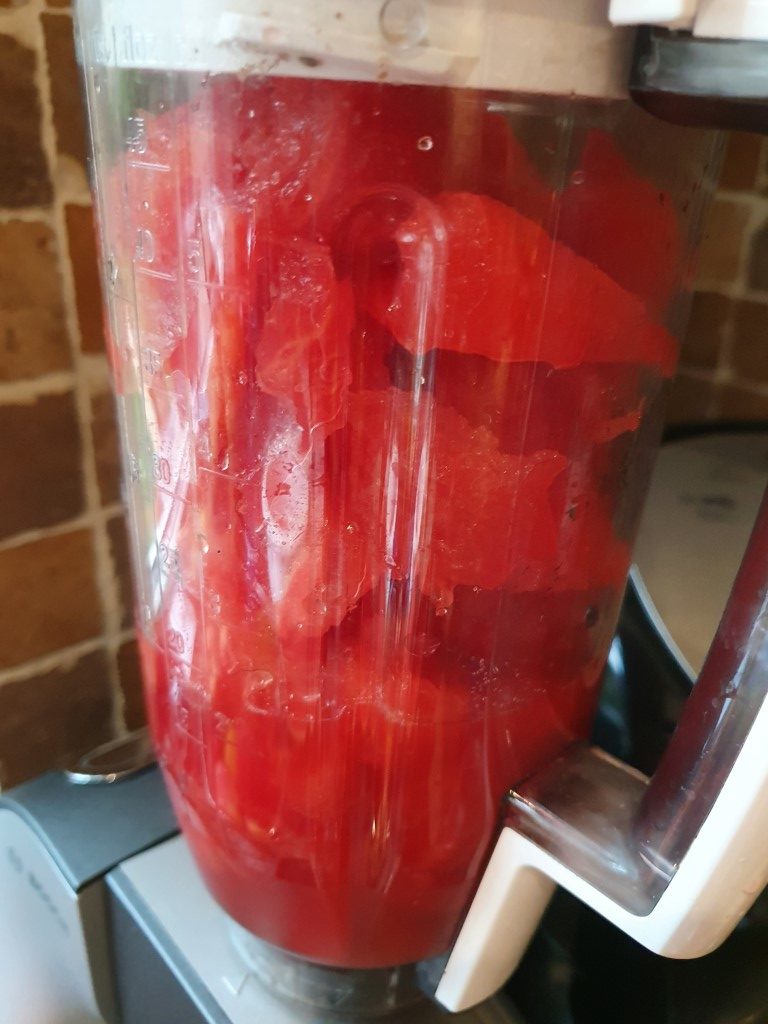
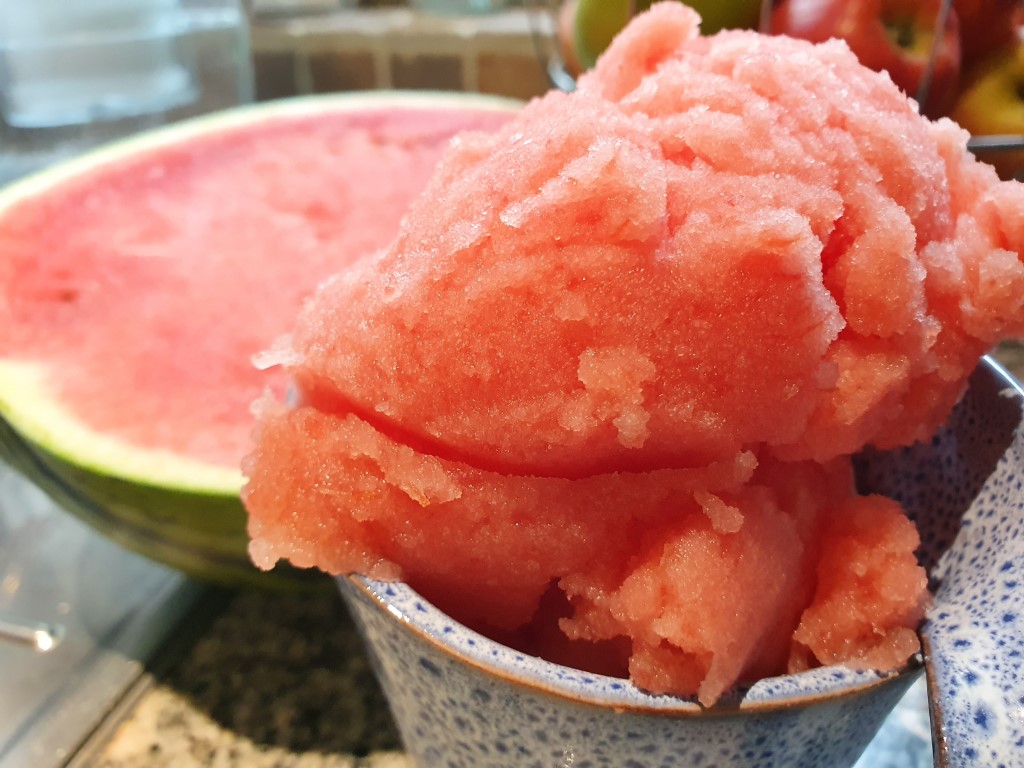
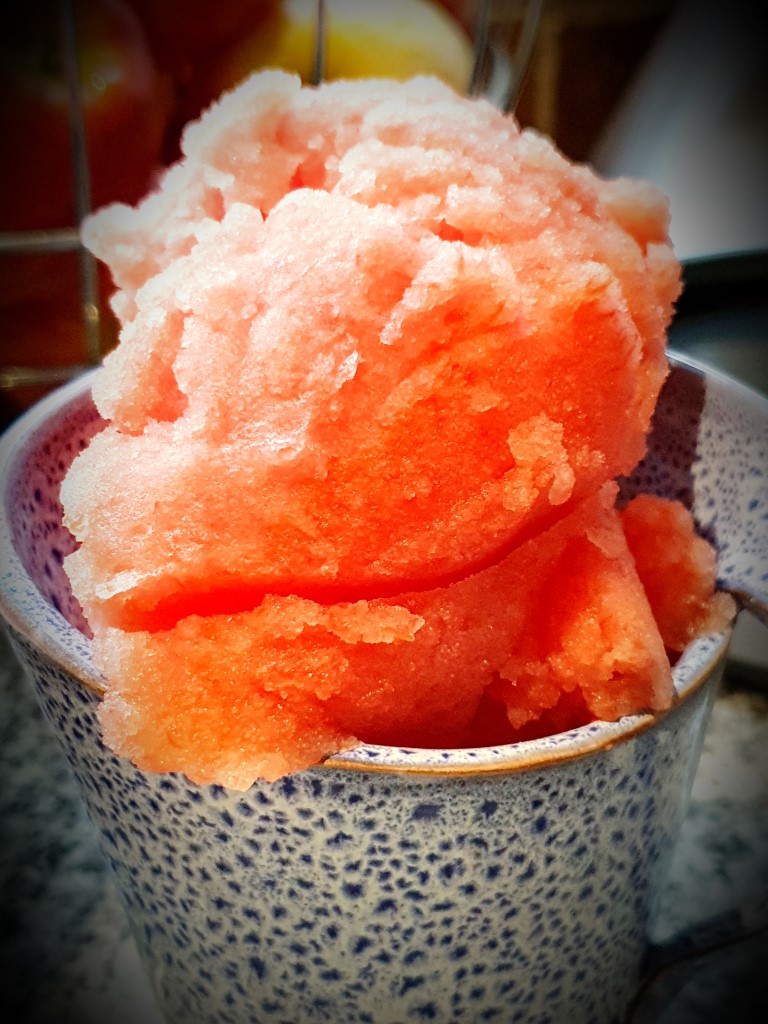
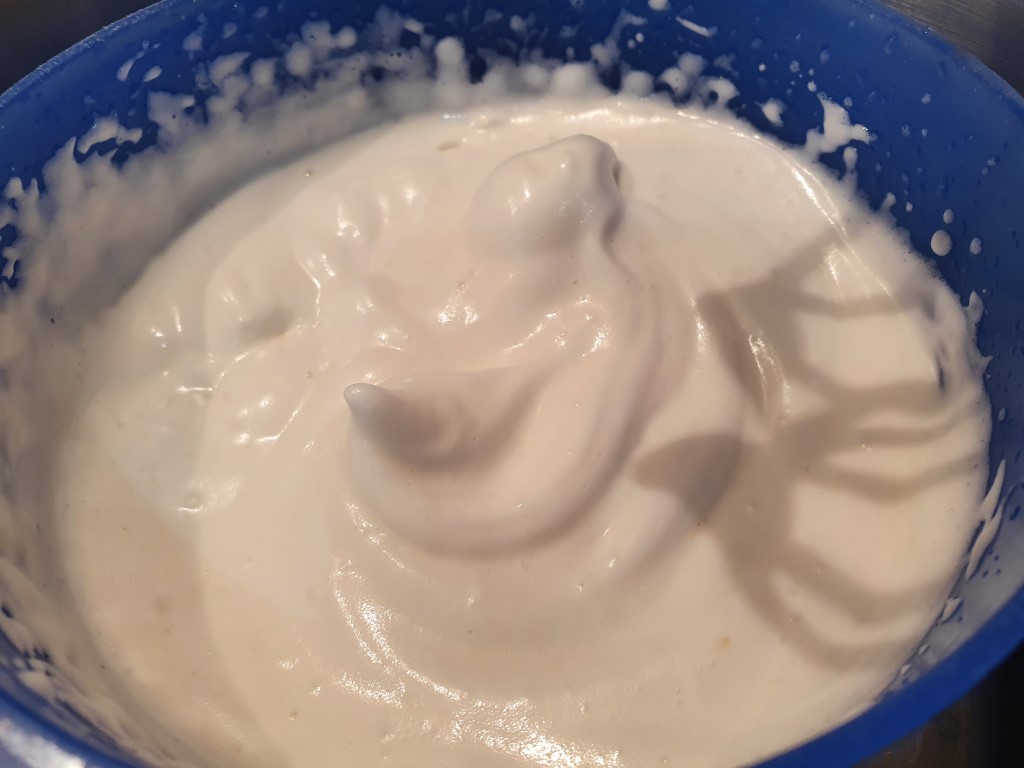
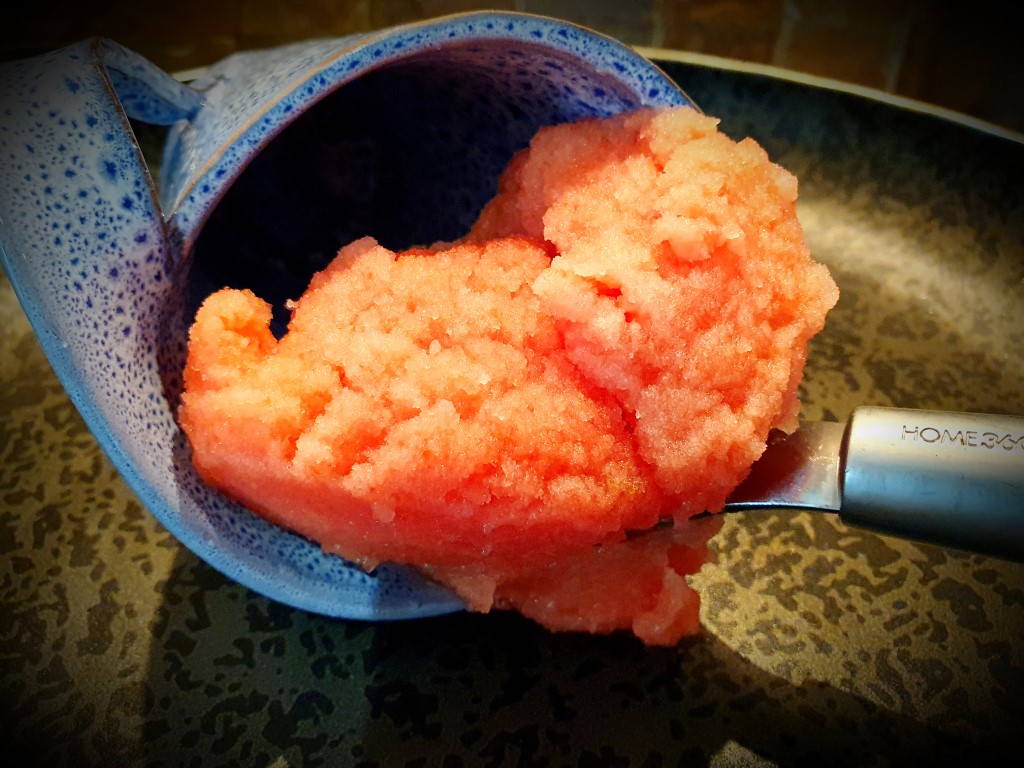
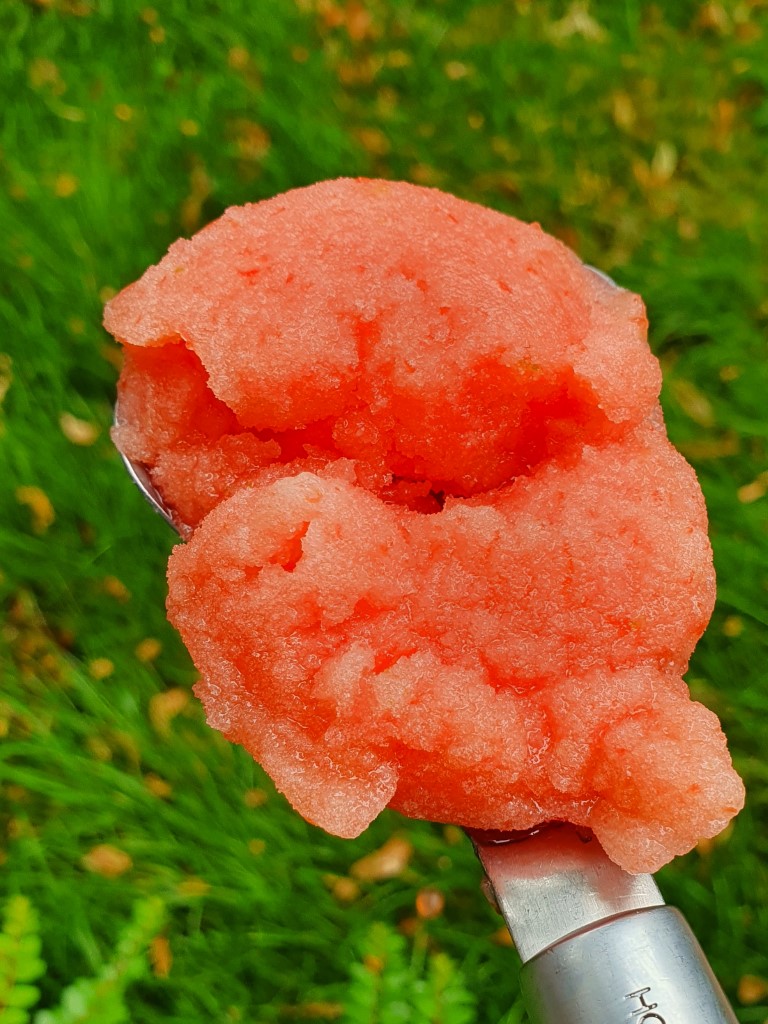

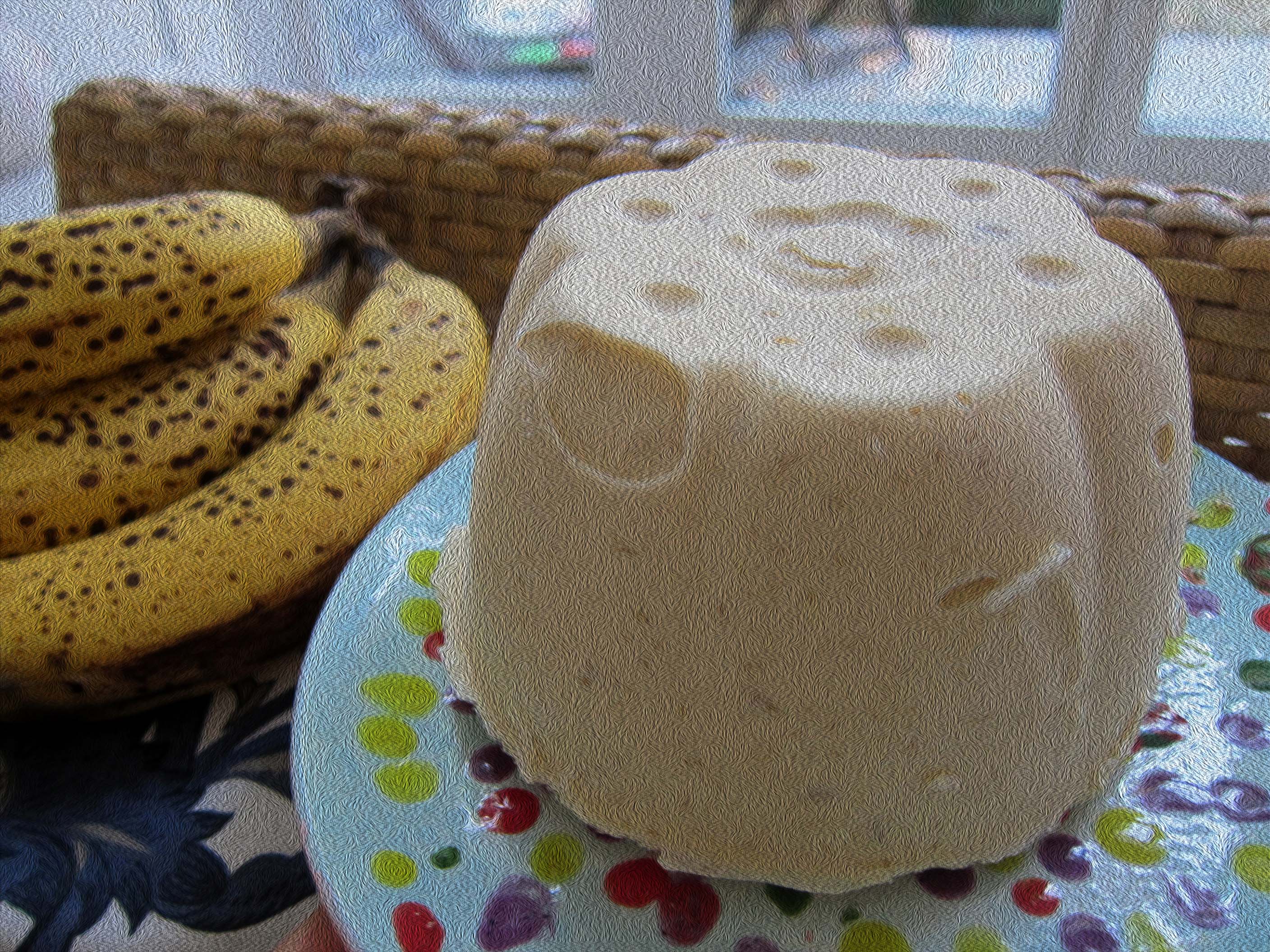



You are my mentor! I just got started making ice cream a few months ago and have been looking for the right “guide” and when I found your website it was magic! I’m in the infant stage but have a lot of very different recipes and believe your sight will help guide me to where i aspire to end up! Thank you so much for all the wonderful information and guidance you put forth.
Very sincerely,
Kelly Levy
(California, USA)
Dear Kelly,
Thanks for your kind words and I’m sure you’ll progress through the infant stage in no time ;-D
Anders once again you are a shining beacon of brilliance. This recipe creates the perfect essence of watermelon. The aqua faba addition both improves texture and intensifies flavour. Thank you for doing the hard work so we don’t have to.
Marcus,
Thanks a lot for those kind words 😀 !
I would agree that sorbet is the first frozen form I’d think of for watermelon, and I look forward to trying this recipe tomorrow (with the Aquafaba, which will also be new to me), but some part of me always wants to rebel against the sorbet idea and I’m wondering if you’ve ever tried to make an icecream with it? Maybe this anti-sorbet impulse was too easily rewarded when I made my first icecream out of an urge to make a cream-based cranberry dessert and lucked out with an improvised recipe that proved so popular that I’m tempted to take the challenge with watermelon. I see t is very different, though, and I see how the large amount of water might present challenges. I also can’t quite imagine how watermelon might taste with cream, so it’s possible that it’s a bad idea from the outset, but I’m wondering if it might work to use evaporated milk, or sweetened condensed milk? I can imagine it would lose much of that summery freshness, but how about thinking f it like a mint icecream, since mint is commonly paired with melon?
I had a delicious cucumber sorbet recently, and maybe I will just surrender to the sorbet and try not to overthink it further, as is my tendency. And maybe this aquafaba stuff will dispel my notion of sorbet being just an adult ice-pop.
Hi Erik,
First of all, I hope you’ll find the recipe to your liking, and continue to give sorbets a chance 🙂
For the reasons you’ve mentioned yourself – and mainly my fear that the rather subtle fruit flavour would be too much reduced for my liking – I have not tried to make watermelon ice cream. But do not let that stop you from testing! Pairing watermelon with mint sounds like a good idea.
Thanks for your reply. I think you’re probably right and I’ll suppress that impulse, lol! Looking forward, actually, to learning to enjoy sorbet, and will continue to refer to your wonderful site for guidance. Maybe mint icecream with watermelon chip? Lol. No, that sounds awful. I’ll stop.
Thanks again for creating this great resource. It’s been fun learning about ice cream and my family has appreciated this new hobby of mine.
I made this finally and it’s a great recipe! Everyone loved it, I learned some new things, and appreciate sorbet more than I thought I would. I don’t think I did the Aquafaba properly, though, and the texture was not as good after a day in the freezer, becoming unscoopable until I let it thaw somewhat. The Aquafaba meringue was not quite firm enough to turn the bowl upside down, and certainly not over my head, and I wonder if I used the wrong product? I realized that there was an amount of salt and other stuff added to the cam, and even though it was low-sodium, I suppose the salt would affect the aeration? It was soft-peak at best. So there’s room for improvement, but even stranger was a second attempt when I thought I’d just whip it for a longer period, and it actually…. deflated? I didn’t know this was possible and I’m convinced that I did something wrong or contaminated the mixture somehow, but ultimately threw out that batch.
Really appreciated your help and the site as a resource, and am already planning the next batch. As I have a habit of over complicating things (it’s a flaw I’ve decided to be okay with), I already have some watermelon purée in the fridge that I thought I’d combine with cucumber purée and a mint sprig as an experiment, so as soon as I figure out my Aquafaba situation, I’ll churn up a batch. Or I’ll learn how to do an Italian meringue, but that looks even trickier, so I’d rather not. Thanks again!
Hi Erik,
Thanks for your kind words and happy to hear about your successful sorbet!
And best of luck with the future experiments (including the cucumber-watermelon-mint mix 🙂 )!